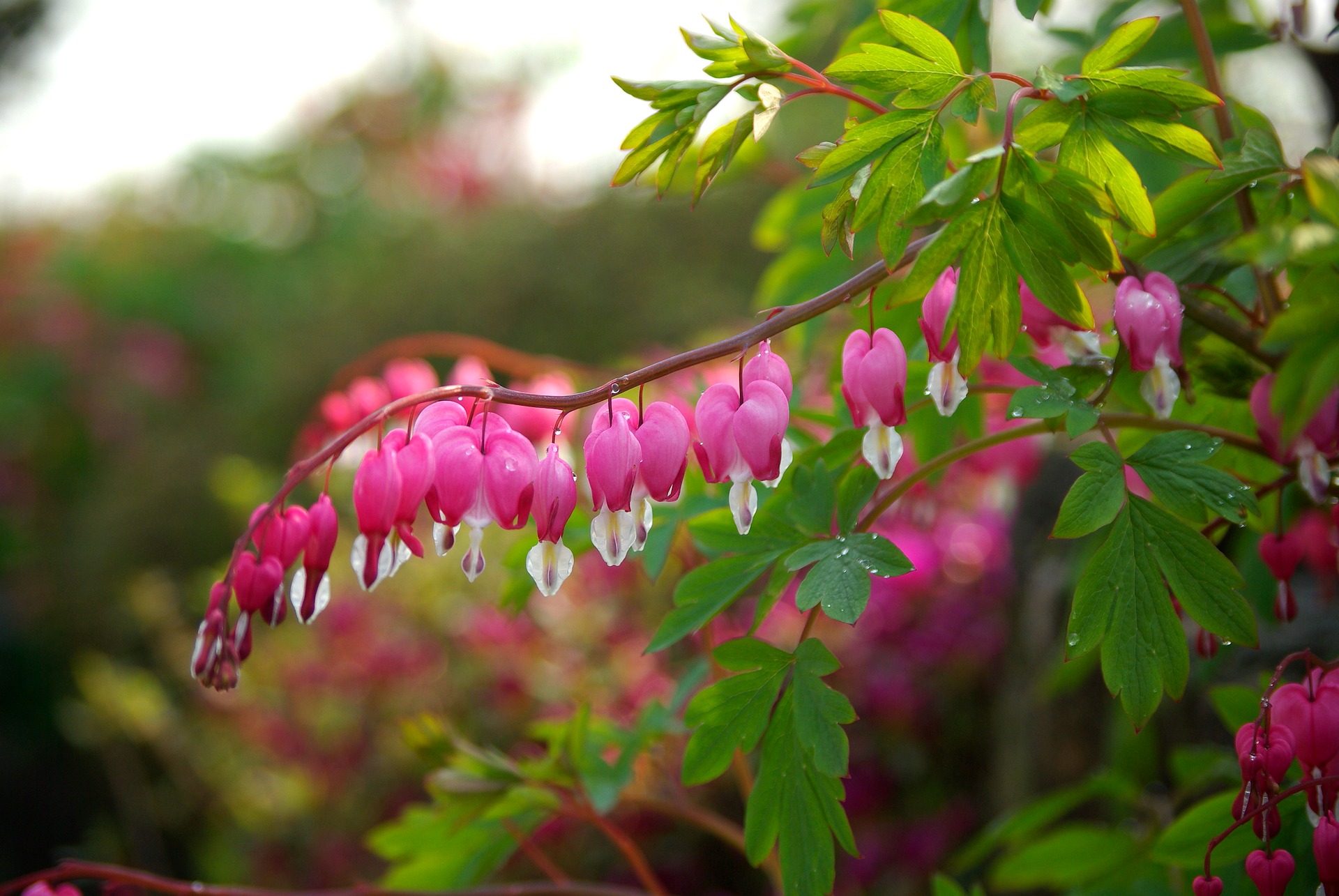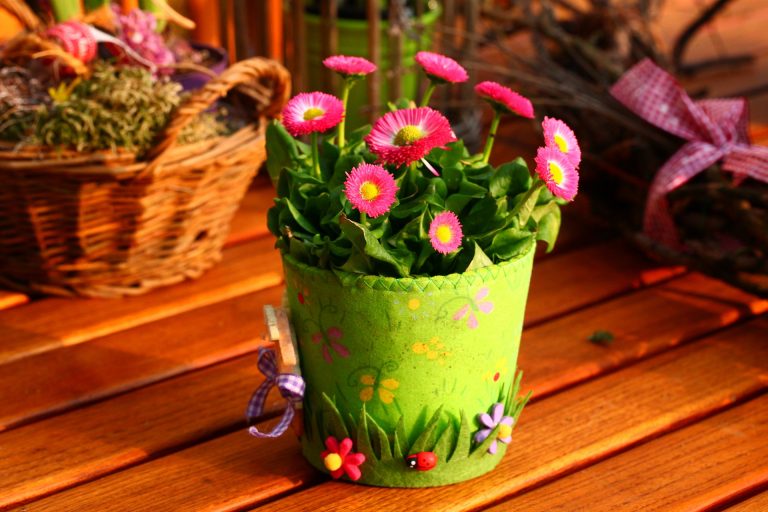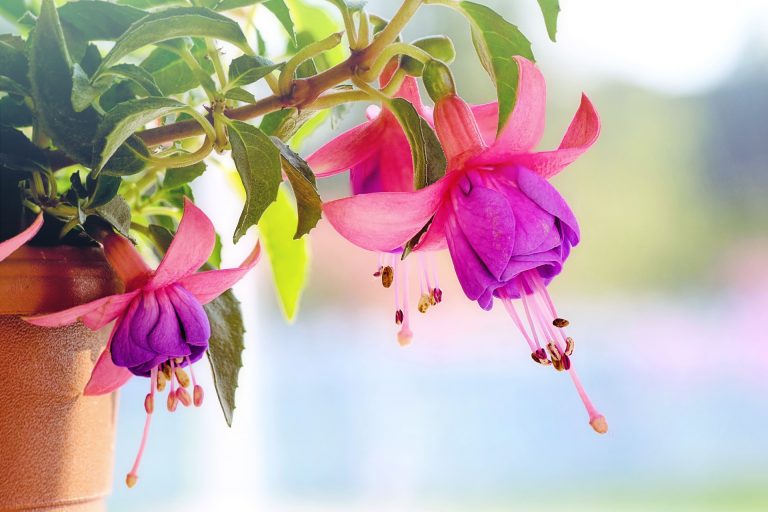Types Of Gardening
If you’re considering starting your garden, there are several types you can try. These categories include vegetable, formal, sensory, and Raised bed gardens. There’s something for everyone! Just make sure you choose one that suits your preferences! Then, you’ll be on your way to creating your paradise!
Listed below are some of the most common types of gardening:
Vegetable gardens
There are many different vegetable garden types, each with its pros and cons. Traditional vegetable gardening, for example, requires a large plot, sun exposure, and lots of irrigation. While this type of garden is not practical for city dwellers, it is still possible to grow some vegetables on terraces and balconies. The following sections describe some of the advantages and disadvantages of each type. Read on to find out which type of vegetable garden is best for your needs!
In-ground vegetable gardens require good soil and a sunny location. If your backyard has low-pitch soil, you may want to consider planting your vegetables in raised beds. Front-yard vegetable gardens are often overlooked, but if you live in a neighborhood without restrictions, you could still grow to produce right outside your door.
You can also choose to interplant vegetables in an ornamental bed. This method can be a great way to begin your vegetable gardening journey.
- Martha Stewart (Actor)
- Brook Altman (Director)
- Spanish, French (Subtitles)
- Audience Rating: NR (Not Rated)
Last update on 2025-11-15 / Affiliate links / Images from Amazon Product Advertising API
Formal gardens
A formal garden features symmetrical planting. The color palette for this type of garden is usually limited to a limited range of plants, such as three to four different types of perennials. Typically, these plants will repeat themselves to create a monotonous look. Other common formal garden plants include tulips, roses, and azaleas. Aside from flowering plants, a formal garden should complement wrought iron furniture.
The visual appeal of gardens was the strongest predictor of perceived restorative potential. People tended to perceive more restorative effects in informal gardens. A perceived visual appeal may contribute to this finding. Because people often evaluate gardens by the same features, adding visual appeal to an unappealing landscape might improve its perceived restorative properties. Once you have decided on your style, you can choose from our extensive collection of garden images.
Sensory gardens
One of the ways to make your garden more interesting is to include elements stimulating each of your senses. Colors are important to add to sensory gardens, so use them creatively. You can mix and match colors, choose seasonal plants, or group them in clusters for visual and auditory stimulation. When selecting color schemes for hardscape, be mindful of over-stimulation or contrast. Adding colorful plants also attracts insects, such as butterflies and birds, which feed off the plant’s nectar.
When creating a sensory garden, consider the ages and abilities of the people who will use it. It is best to choose plants that appeal to people with different allergies or have a high sensitivity to certain materials. You can also consider adding a bench to the sensory garden to give visitors a comfortable place to sit while they observe the garden. Once you have an idea for the design, you can share your creative vision with others and use it as a basis for detailed design work.
Raised bed gardens
Raised bed gardens are an excellent way to maximize the productivity of your garden space. These gardens have the added advantage of avoiding the problem of planting too many plants in one area. They can have poor air circulation, which is essential for plant growth and compete for nutrients and root space. If your garden area has poor air circulation, plants will grow poorly. So, choose the appropriate orientation for your beds. Here are some tips to maximize your raised bed garden’s productivity.
First, determine how many raised beds you’ll need. You may want to start with just one raised bed, but if you want to grow a large variety of vegetables, you’ll need three or four beds. You can use a free online garden design tool, such as the Kitchen Garden Planner, to determine the number of beds you’ll need to grow various plants. You should consider the size of your garden space and budget when planning for your beds.
Container gardens
Container gardening has many advantages, including keeping plants cool, easy to feed, and nutrient loss-free. Additionally, they require less water, space, and effort than traditional gardens. A container garden is also conveniently located near the kitchen or other areas where people spend time. Moreover, container gardening adds value to a home – well-designed containers can add to the curb appeal of a property.
The most classic look of a container garden is composed of a single specimen plant. Choose one that is top-notch and dramatic in color. For example, you could use ornamental grass or a large succulent. You could also mix in a few rounded plants that add height to the container. For an even more dramatic effect, try elevating your container. In a shady area, choose brighter colors to bring the space to life.








